''I have to say thank you to Putin — after his visit to Mari El Republic I have more orders for knives''
About how a master from the Mari El Republic makes knives that the president of Russia likes
Once in the workshop of Valery Yermakov there came a man with a knife order for a ''very respected person''. Everything was as usual: came, ordered, paid. Then the master saw on photos with Vladimir Putin the knife he made – the president took it with him for fishing. After this, the number of orders increased. Although the handicraft business of the master succeeded anyway. Realnoe Vremya spoke to Valery Yermakov, the founder and owner of the workshop Muravey & K.
''If this knife was ordered by Vasya from next door, I'd do it for him''
Valery, from whom you received the order to make a knife for Putin? Were there any special requirements for the future gift?
The fact that this knife was designated for Putin I learned almost on the eve of his visit to the city (July 2017 — editor's note). The order was made not by a member of his administration but our local lawyer, who, in fact, even had no relation to the local government. He just came and said: we need a knife for a very respected man. Everything was as usual — came, ordered, paid.
Did you at least see how the knife of your work was presented to the president of Russia?
No. As far as I know, it was initially planned to put this kit on Putin, take a picture, take a video, but something went wrong. The protocol office said they had no time. He had overall time for a visit to the museum (the National Museum named after Timofey Evseev — editor's note) 13 minutes. The kit was then presented separately.
Do you know how Putin reacted to the gift?
Again, no. He has recently been on vacation, went fishing, and I looked at the photos — suddenly I saw the knife of my work on a photo. But besides the rods I saw nothing.
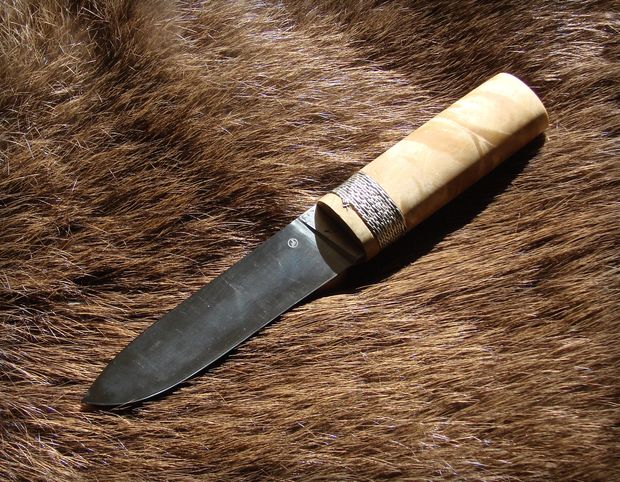
The fact that this knife was designated for Putin I learned almost on the eve of his visit to the city
''If the historical spirit of the product is captured, the manufacturing method does not matter''
Where do you take samples of the Mari national knives of the 9th-11th centuries from?
I know an archaeologist, historian, who, among other things, deals with the reconstruction of lives of the Mari, who lived in the early middle ages. He told me everything, showed, and I decided to make these knives from modern materials and with modern equipment. What is more, we, the Mari, do nothing in this field. And if so, then why not? The first samples of such knives I started to make a few years ago. And then the president was presented the knife of my work.
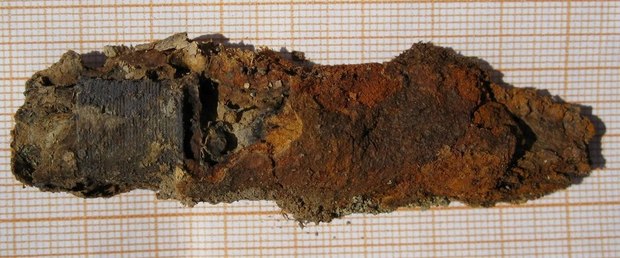
Valery, from what the knife starts? Do you make a sketch or it is born in the process?
It happens in different ways. We do drawings when we want cut steel with laser. Sometimes the hands are itching for something to sharpen. You take a piece of metal, sharpen it, and something turns out in the result.
I have recently made a series that at first I drew. In May, I went to Petersburg by train, the road was long, I took a pencil, notebook and all the way I was painting… Then I looked again, it turned out to be worthwhile. Then I returned to Yoshkar-Ola and made it.
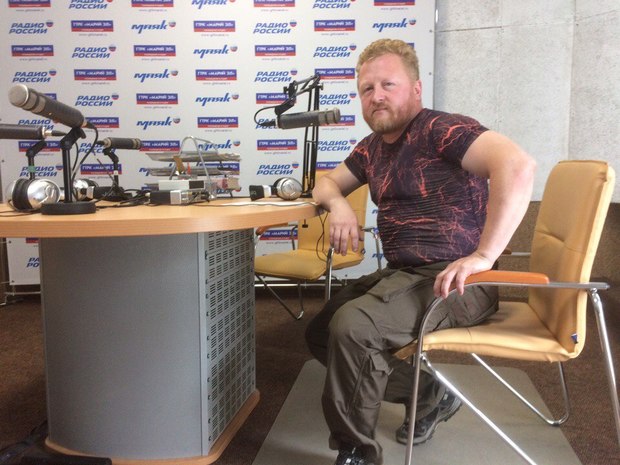
We do drawings when we want cut steel with laser. Sometimes the hands are itching for something to sharpen. You take a piece of metal, sharpen it, and something turns out in the result
How many knives have you come up with and made by today?
I do not count, but it is certainly many hundreds. I have been engaged in making knives professionally for already ten years. I invented five main working models, widely known in narrow circles. Mostly, of course, I am known as the inventor of the knife Muravey because it is my most well-known knife. If anyone is interested in the topic, for example, the archers are gathered and learn that in their company there is a man from Yoshkar-Ola, they say, ''Ahh, there also lives a master who makes the knives Muravey.'' Yes, it's me.
Why is it called this way and what are its design features?
When I made it, posted in a conference in Vkontakte, and someone wrote: oh, like an ant — head, abdomen and waist (muravey in transaltion from Russian means the ant – editors' note). Since then it has this name. It is a flat knife that is comfortable to take with because it does not burden with its weight and dimensions. It can be used to cut an envelope and, in extreme cases, foe. That is, we call it ''backup tactics''.
There is also a series of knives Termit, two versions of them in the contact variant and a new series called Fixiki — small knives, literally of the size half a matchbox, which can be even hang around girl's neck as a necklace.
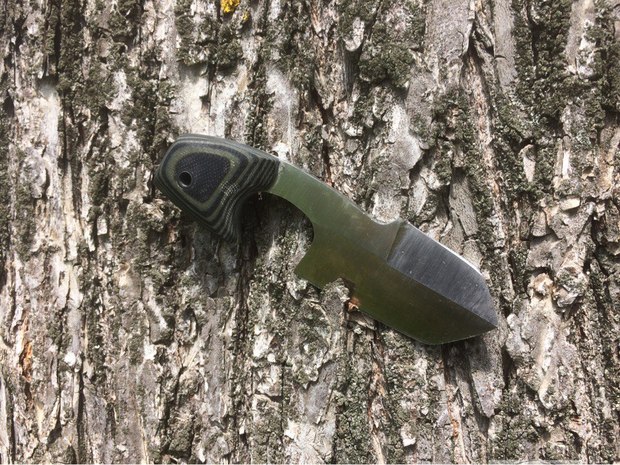
The series Fixiki — small knives, literally of the size half a matchbox, which can be even hung round girl's neck as a necklace
''Steel for knives is chosen the same way as women's makeup — for specific tasks''
You say that you have five series of knives. That is, you have serial production?
Yes, I have a workshop. For example, the Muraveys are regularly bought in series. So it's a serial albeit small but still production.
How many people work in your workshop?
Three people, including me. Everyone is engaged in his own direction. I've been more in design and public relations. Although everyone works with metal – just different people make different knives. A friend, for example, make good dagger blade types. I also can do them, but it will take more time for me. Or here's another friend who works with the skin, when the knife is completed with a scabbard. But I don't like leather, so I do not work with it. In general, with rare exceptions, I prefer to work with natural materials, I more like to work with composites, plastics, metal.
Do you work only under the order?
Yes, we do not work under the warehouse. People write, reach by phone. This is not mass production — in some cases the knife is done under the hand of the man, I know the width of the palm, length of fingers, etc. in order the knife fitted perfectly the hand.
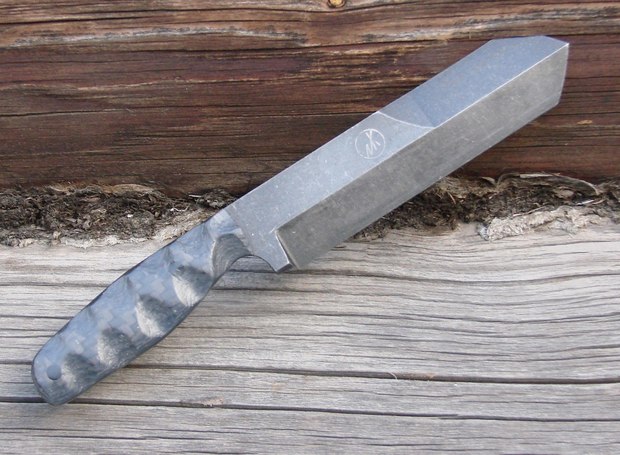
I etch the logo of our workshop — the circle and combined letters ''M'' and ''K''
''Thanks to Putin''
Are there many VIPs among you customers?
It's hard to say because often the knives, like in the case with Putin, are ordered for a gift. But for whom – they do not tell. I'm actually trying to develop the topic of gifts. People ussually do they following way: a person visits a city, buys a mug with a photo, a fridge magnet or some vulgarity. But it's foolish to come, for example, to Orenburg and to bring Chinese junk but not an Orenburg shawl, for what the region is famous for. The situation is the same with my knives. Here I to have to say thank you to Putin as after his visit we have more orders. I even think we can increase the production of knives twice with the same capacities — before we often were underutilized.
But giving a knife as present is considered to be a bad omen in Russia. It is believed after such gift, the giver and the receiver will be ''at daggers drown''.
If you follow the logical line, why is it supposedly impossible to give a knife as a present? Because you fear that you will be stuck in the back with this knife? Then the question is, why you surround yourself with people that can do it, and why would you even make them gifts? By this logic, generally you can go far. If Putin has a sword hanging on the belt, is it the reason why he and his wife divorced? Presenting the subject with which they can kill means to convey to man the highest confidence. In general, weapons were always given as presents, at all times. One of the most famous of these gifts is the Sword of Stalingrad, which was forged by special decree of British king George VI, decorated with precious metals and stones, and presented to Prime Minister Winston Churchill in the presence of US President Franklin Roosevelt to Stalin on 29 November 1943 as a sign of admiration by the British people of the courage of the Soviet soldiers who defended Stalingrad.
Have your knives been abroad?
Yes. Recently, three pieces went to Belarus, last year a few pieces left in Haifa. The knives flew to the United States. Someone from customers took my knife to Verona. I asked to take a photo with the knife in the background of some recognizable buildings, for example, the house of Juliet Capulet from Shakespeare's Romeo and Juliet. But, apparently, they did not have time for that.